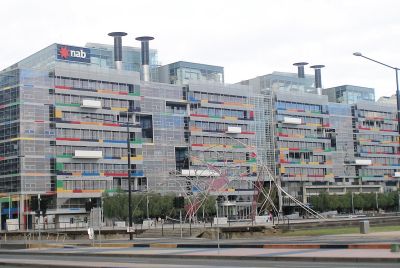IMF Says Growth In Emerging Markets And Developing Economies Are Expected To Pick Up In 2016

According to a recent report from the International Monetary Fund (IMF), economic growth in emerging markets through calendar year 2016 will grow to 4.7 percent, driven by improvements in conditions in certain distressed economies, including Russia and economies in the Middle East and North Africa.
The IMF is also forecasting that increases in global growth for the remainder of 2015 will be driven by stronger growth in advanced economies, which will increase from 2014’s rate of 1.8 percent to 2.1 percent in 2015, which falls about 0.3 percentage points short of the forecast in April), and 2.4 percent in 2016. It also noted that “unexpected weakness” in North America in the first quarter of 2015 will improve.
In the United States, meanwhile, investments and consumption will continue to be fuelled by “wage growth, labour market conditions, easy financial conditions, lower fuel prices and a strong housing market.” IMF projected United States and United Kingdom to continue its promising economic growth. Growth will continue in the Eurozone and Japan that posted a growth in 2015 will be bolstered next year in stronger numbers.
Last month, the Organization for Economic Cooperation and Development’s OECD 2015 Economic Outlook stated that global economic growth this year is improving but is still moving in a slow pace. However like IMF, the report gave a positive forecast of the economic growth at the later part of 2016, projecting it will pick up to a much more satisfactory pace. The world economy, OECD projected, will expand 3.1 percent this year, down from the 3.7 percent predicted last October.
OECD then gave the world economy a grade of B- and the slump in economies during the first quarter of 2015 contributed to the disappointing rating. One consensus among growth projection of world economies is that India is the fastest growing economy, toppling China.
IMF, in its latest report said that India was on course to grow by 7.2 percentage in the coming fiscal year, and 7.5 percentage in 2016. The IMF also projected that in four years’ time, India’s economy will improve vastly, exceeding Japan and Germany’s gross domestic product.
India is investing in high-end technology and placing importance in education of the young population. The growth is also credited to India’s Prime Minister Narendra Modi, a “pro-business advocate” prioritising India’s economy boom.
One sector of India’s economy is its mining industry. The country stands at No. 4 in terms of global production of minerals. India’s mining industry, however, has declined due to several challenges and has relied on imports to fill in its demand.
An area where India will need more help from other countries to keep up with its growing economy is its increasing copper consumption. Its demand has equalled to that of other advanced nations like China, Germany and Japan.
One reliable nickel and copper miner that India can tap is Amur Minerals Corporation (London AIM: AMC) . The firm has discovered a large quantity of sulphide nickel in the far east of Russia.
Since India’s economy is projected to have a long-term growth, its copper consumption would likely expand with a big chunk of India’s copper demand coming from its telecommunication sector and electrical sector. Building, construction and transport among others are also major consumers of copper in India.
Contact the writer: a.lu@ibtimes.com.au





















